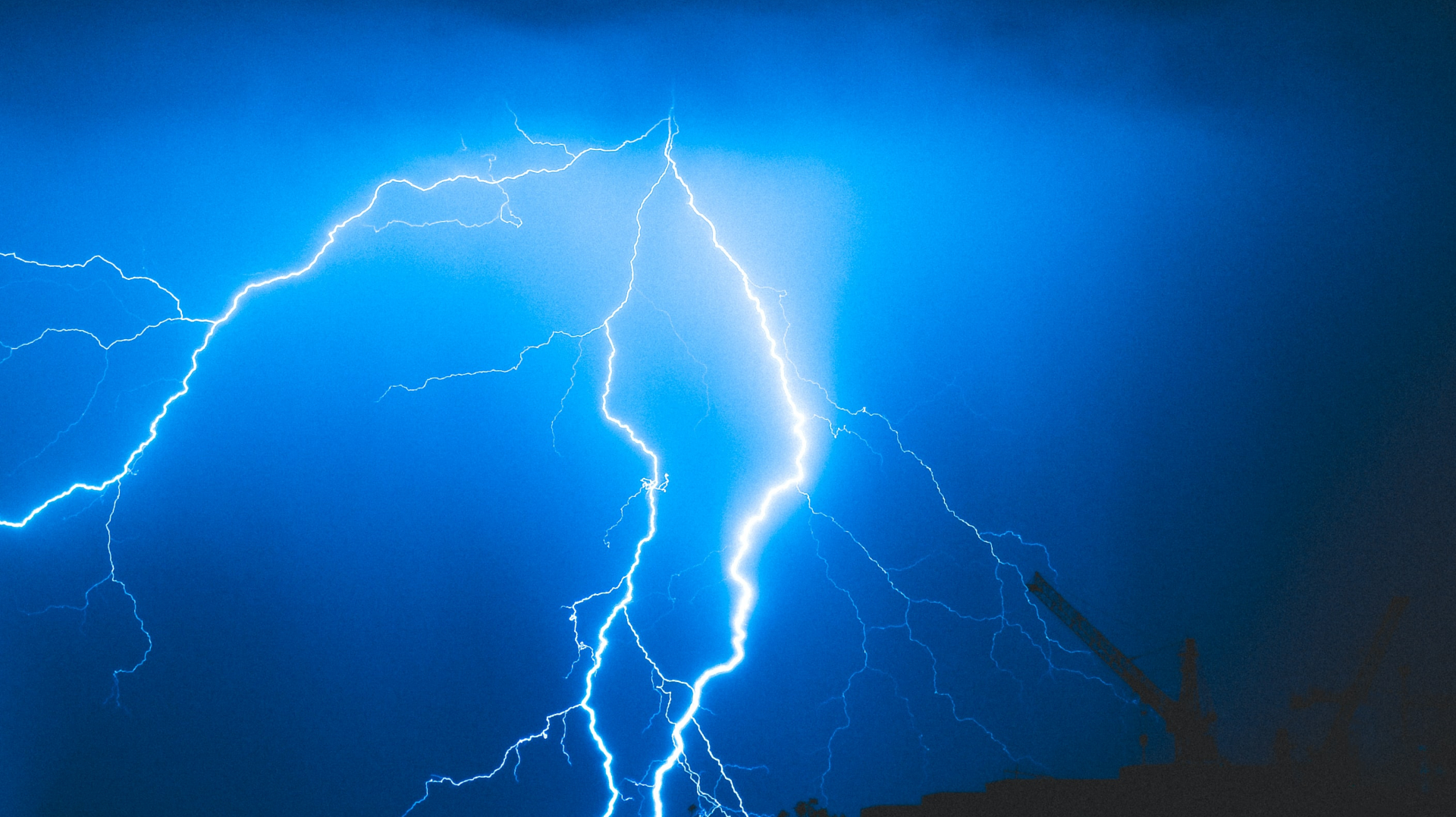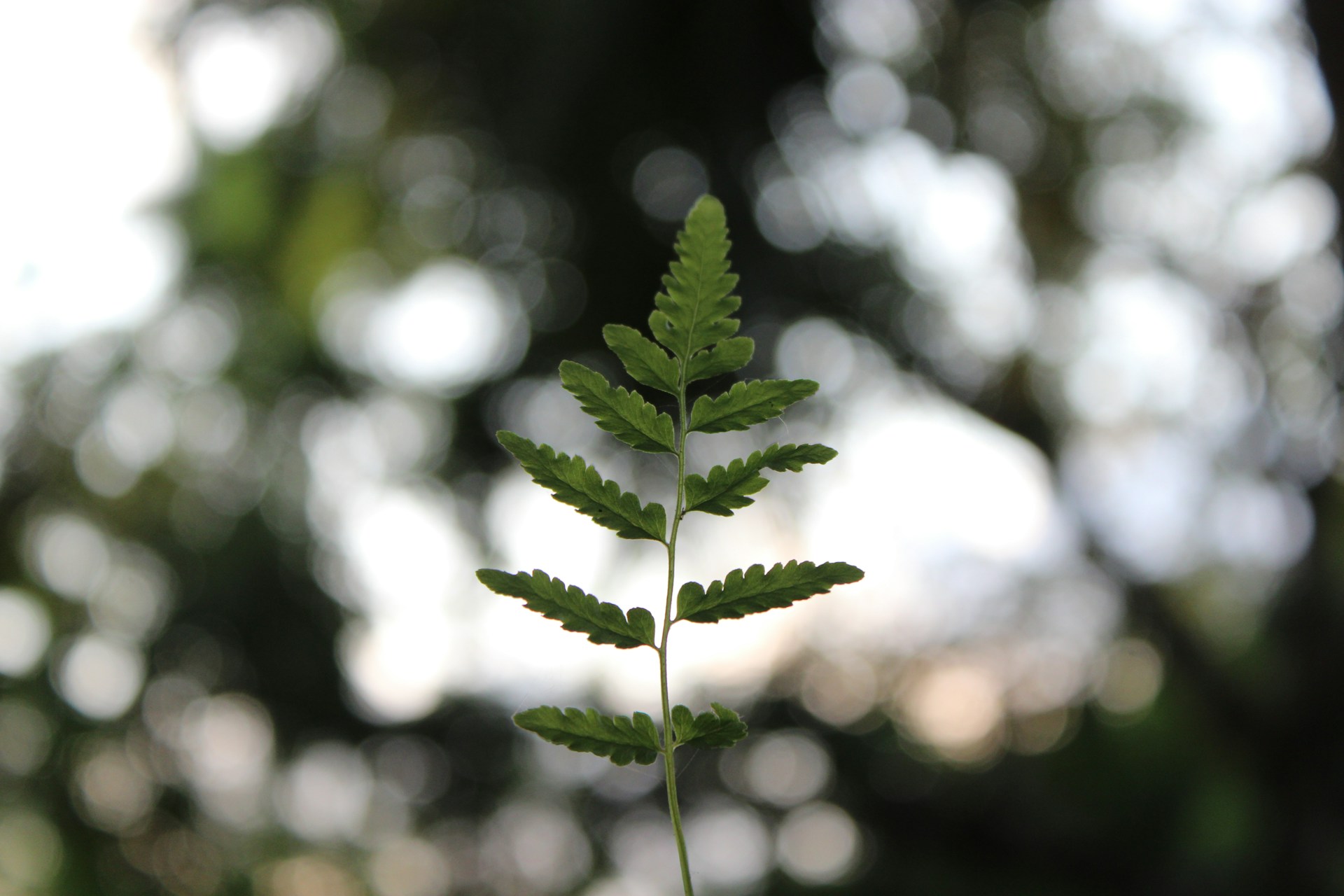
6 Interesting Facts About Lightning
April 27, 2023 - Revolutionized Team
Revolutionized is reader-supported. When you buy through links on our site, we may earn an affiliate commission. Learn more here.
Are you fascinated by this natural phenomenon? Keep reading to learn some interesting facts about lightning.
Scientists understand more about the weather than they used to. They’ve debunked old sayings and theories with basic and advanced experiments. In some cases, they have even proved some of those idioms.
A specific weather event – lightning – has one of the most famous adages: “Lightning never strikes the same place twice.” But is this really true or just a made-up statement? Here are a few facts about lightning that readers might not have known before!
Lightning Can Strike the Same Place Twice
This cliché might have had its origins in a book by P. Hamilton Meyer in 1860. The saying implies lightning is a rare phenomenon. Therefore, lightning hitting the same place twice is even more unique. What the phrase means is that something terrible or uncommon will only happen once and never again. However, the safety implications are both false and dangerous.
Lightning follows the easiest path to get to the ground, so it can definitely strike the same place twice. Footage has even shown it hitting anywhere from 3 to 30 times in one strike. Any one person has a higher chance of being struck by lightning twice than winning the lottery. So, while it’s a great saying, keep safe around lightning by remembering the odds.
Lightning Itself Doesn’t Have a Temperature
Because it is a discharge of electricity, lightning strikes don’t have a measurable temperature.
However, researchers have measured how much it heats what it hits. The resistance of movement to the influx of electricity is what produces the warmth. The temperature of the air around a bolt of lightning can reach up to 50,000 degrees Fahrenheit. To put it in perspective, that’s five times hotter than the sun!
Poor conductors will heat up a lot more than good ones, which is why air experiences such high heat. When lightning strikes trees, it’s not necessarily reacting to the wood. It is a decent conductor, but the water contained inside it is a better one. Trees will sometimes lose bark or even explode because the heat evaporates the water so rapidly.
Bolts Are Long but Incredibly Skinny
While the average strike is around 3-6 miles long, the width is extremely small. In Martin Uman’s research, he concluded from images that lightning bolts could be about 2-7” in diameter but believed this to be an overestimation. Further field research determined lightning can be anywhere from 5” to 1-1/16” thick. So, while analysts have recorded them as large as 90 miles long, the actual channel is quite miniscule.
A Lake in Venezuela Experiences the Most Lightning per Year
Geology perfectly formed Lake Maracaibo to receive the highest amount of lightning in a year. Mountains surround the lake on three sides. Warm water flows in from the Caribbean Sea and the intense heat from the sun causes it to evaporate. At night, the Maracaibo Basin Nocturnal Low-Level Jet forces the hot, humid air to create large cumulonimbus clouds. For 300 days a year, lightning hits Lake Maracaibo up to 28 times a minute for around nine hours.
Local fishermen have the incredibly dangerous job of gathering fish from Lake Maracaibo. Scientists are hoping to study the lake to forecast when the lightning will be at its worst, saving the lives of fishers and people around the world.
Lightning Can Petrify
If the conditions are right, a bolt of lightning can petrify in the sand or in a rock. The resulting object is called a fulgurite, and they’re rarer in rocks than in sand. If what the lightning strikes has no clay or fine silt and a high silica content, it creates a mold of the bolt. Lightning heats the silica, quickly melting it and forming fulgurites once the silica cools back down.
Fulgurites were extremely sought after in ancient Greece. People believed they would bring favor with Zeus along with good luck, prestige, and miracles. It is then easy to understand how Grecians imagined Zeus throwing his thunderbolts to the Earth – they were able to find the physical proof!
Positive Lightning Strikes Exist
While very rare – around 5% of all lightning is positive – it can happen! However, their differences are more than just their charge. Positive lightning is substantially more deadly than negative lightning. This lightning forms at the top of storm clouds, forcing it to travel through more air and build up its electric field. This can result in positive lightning reaching up to 300,000 amperes and 1 billion volts.
Positive lightning also travels much farther than negative lightning. It can strike around 10 miles away from the original storm, so exercise caution if there’s just been a thunderstorm in your area.
The Striking Truth About Lightning
While lightning can indeed strike the same place twice, it is still incredibly fascinating. From lightning heating up the air to temperatures hotter than the sun’s surface to ancient Greeks using petrified lightning as proof of Zeus, lightning has more fascinating facts than myths.
Revolutionized is reader-supported. When you buy through links on our site, we may earn an affiliate commission. Learn more here.







